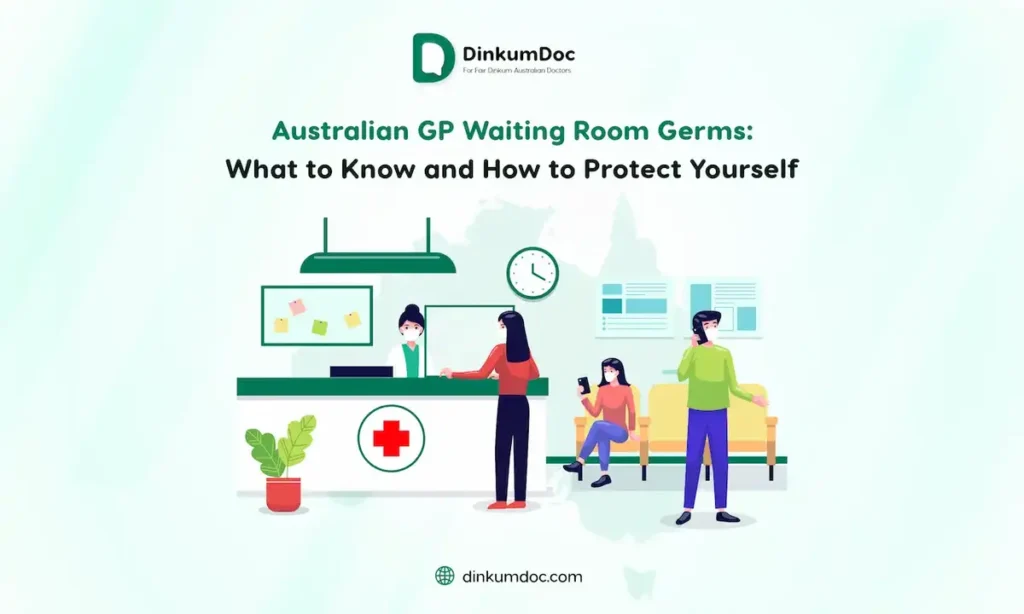Common bacteria and viruses found in GP waiting rooms in Australia
1. Staphylococcus aureus: This is a common gram-positive bacterium found on human skin and mucous membranes. It can cause a variety of infections, including skin infections, pneumonia, and meningitis.
2. Streptococcus pneumoniae: This is another common gram-positive bacterium that can cause a variety of infections, including pneumonia, sinusitis, and ear infections.
3. Escherichia coli (E. coli): This is a gram-negative bacterium that is commonly found in the human digestive system. However, it can also cause infections in other parts of the body, such as the urinary tract and bloodstream.
4. Klebsiella pneumoniae: This is another gram-negative bacterium that can cause a variety of infections, including pneumonia, urinary tract infections, and wound infections.
5. Influenza virus: This is the virus that causes the flu. It is a highly contagious virus that can cause serious illness, especially in young children, the elderly, and people with chronic health conditions.
6. Rhinovirus: This is the virus that causes the common cold. It is a very common virus that can cause mild to moderate respiratory symptoms.
7. Respiratory syncytial virus (RSV): This is a virus that can cause respiratory infections in people of all ages, but it is most common in infants and young children.
8. Coronavirus: This is a family of viruses that can cause respiratory infections, such as the common cold and COVID-19.
9. Adenovirus: This is a family of viruses that can cause a variety of infections, including respiratory infections, eye infections, and gastroenteritis.
How to protect yourself from germs in GP waiting rooms
1. Wash your hands frequently: This is the best way to prevent the spread of germs. Wash your hands with soap and water for at least 20 seconds before and after seeing a doctor.
2. Avoid touching your face: Germs can easily enter your body through your eyes, nose, and mouth. Avoid touching your face while you are in the waiting room.
3. If you are sick, stay home: If you are sick, it is best to stay home and avoid contact with others. This will help to prevent the spread of germs.
4. Cover your mouth and nose when you cough or sneeze: This will help prevent the spread of germs to others.
5. Throw away used tissues immediately: Germs can easily live on used tissues. Throw away used tissues immediately after use.
6. Clean and sanitize surfaces that come into contact with people frequently: This includes chairs, doorknobs, and countertops.
DinkumDoc Telehealth Video consultation
If you are looking for a convenient and affordable way to see a doctor, DinkumDoc Telehealth integrated video consultation is a great option. DinkumDoc offers telehealth-integrated video consultation appointments with experienced Australian Medicare-accredited GP doctors and general medical physicians, so you can get the care you need without having to leave your home and get an e-prescription, an online medical certificate for work, as well as a specialty referral. This can be a great way to avoid exposure to germs in GP waiting rooms.
To book a telehealth appointment with DinkumDoc, simply visit the dinkumdoc.com

